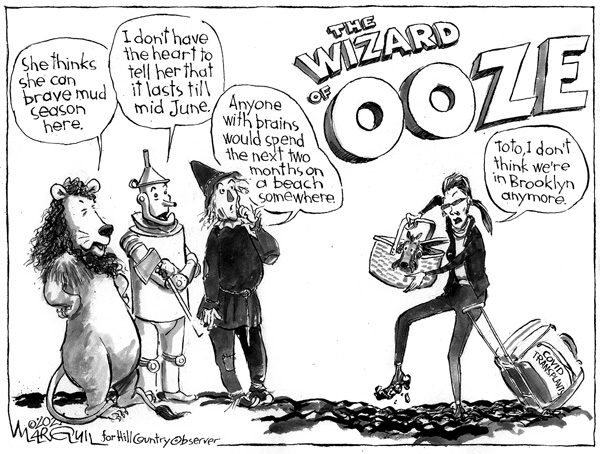Editorial April 2021
E D I T O R I A L
In war against virus, a time to stay vigilant
After a year of illness, death and economic upheaval, some of us are daring to feel hopeful about escaping the scourge of Covid-19.
As we head into spring, the pace of vaccinations is accelerating. Nearly 30 percent of people nationally had received at least one vaccine dose by the end of March, and 16 percent were fully vaccinated. Locally, the share of fully vaccinated people was near 20 percent in four of the region’s eight counties.
But as we cheer this progress toward vanquishing the virus, signs of danger seem to surround us. The daily count of new cases, though down from the peaks of December and January, remains stubbornly high nationally – and especially across the Northeast.
Measured in terms of the weekly average of new cases per capita, New York and Massachusetts now rank among the top six states in the nation for new infections, with the highest rates in metropolitan New York City.
Even Vermont, which for most of 2020 was held up as a model for controlling the spread of Covid-19, now ranks in the top 10 for new infections. Near the end of March, the state set a daily record for new cases, thanks to outbreaks in the Rutland area and in a string of counties near the Canadian border.
Local health officials around the region say they have traced many new coronavirus cases to unsafe behavior, such as people gathering without masks in social settings or workplaces. Worse, the virus is now spreading so widely in the community that contact tracers in a growing number of cases haven’t been able to figure out where a particular person contracted it.
At the same time, state leaders are continuing to roll back restrictions imposed earlier in the pandemic, allowing more people to gather indoors at restaurants, bars, entertainment venues, fitness centers and so on. This is politically popular, and certainly it’s a boon to business owners who’ve endured a year of hardship, but many public health experts have their doubts.
The result is that we’re setting up a race between the vaccines and the virus, hoping we can inoculate people quickly enough to stop or slow the next wave of infection.
Because many of the most vulnerable people (e.g. nursing home residents and front-line workers) have already been vaccinated, supporters of reopening say new Covid-19 outbreaks should be less likely to result in hospitalizations and deaths.
But the biggest risk of continuing high infection rates is that we’ll make it easier for the virus to mutate, creating new and more dangerous variants. Already the B.1.1.7 variant, which originated in the United Kingdom and has turned up in local counties, is both more contagious and more deadly than the original virus – and more likely to cause serious illness in younger people. The nightmare scenario is the emergence of a new variant that would be resistant to our vaccines.
The only way to reduce the risk of new variants is to reduce the incidence of new Covid-19 infections. And the until we have widespread immunity – meaning something approaching 70 percent of people have been vaccinated or have recovered from Covid – the way to curb new infections is the same as it’s been for the past year: wearing masks, keeping our distance, and avoiding large gatherings and unnecessary travel.
We are all weary after a year of isolation and plans deferred. But a few more weeks or months of caution will help us to win the war.


